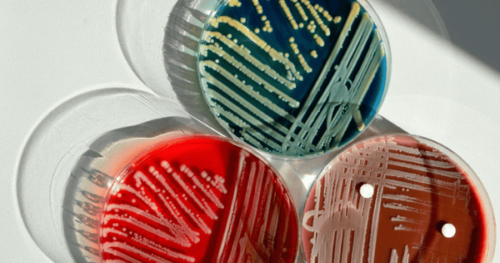Microbial testing is essential to maintaining quality and safety in sectors like pharmaceuticals, food industry, and healthcare. This testing has historically been carried out in a number of ways, however contemporary microbial count plates have completely changed the procedure. The advantages and effectiveness of the most recent developments are highlighted in this article’s thorough comparison of contemporary microbial count plates provided by GVS Malaysia with conventional microbial testing techniques.
Traditional Methods of Microbial Testing
- Culture Media in Petri Dishes The classic method involves culturing samples on nutrient agar in Petri dishes, which requires manual preparation of media, sterilization, and careful handling to avoid contamination. While effective, this method is labor-intensive and time-consuming.
- Serial Dilution and Plate Counts This technique involves diluting a sample multiple times to reduce the concentration of organisms to a measurable level. It’s accurate but requires multiple steps and extensive manual counting of colonies, which can be prone to human error.
- Filtration and Incubation Used primarily for detecting microorganisms in liquids, this method filters a known volume through a membrane that traps bacteria, which is then transferred to a culture medium. It is effective for testing large volumes but requires specialized equipment and is labor-intensive.
Modern Microbial Count Plates
- Pre-prepared and Ready-to-Use Modern microbial count plates from GVS Malaysia come pre-prepared with a dehydrated culture medium that is rehydrated at the time of use. This eliminates the need for media preparation and reduces the risk of contamination.
- Enhanced Accuracy with Dye Indicators These plates often include chromogenic or fluorogenic dyes that change color in the presence of specific bacteria, making it easier to count colonies and identify microbial species quickly and accurately.
- Automation Compatibility Modern microbial count plates are designed to be compatible with automated systems that can handle multiple samples at once, count colonies using digital imaging, and record data automatically, significantly reducing labor costs and human error.
Advantages of Modern Microbial Count Plates Over Traditional Methods
- Increased Efficiency The streamlined process reduces the time from sample collection to result, with some systems capable of providing results in as little as 24 hours. This rapid turnaround is crucial in environments where time is critical, such as in clinical diagnostics and food safety.
- Enhanced Precision With the incorporation of selective agents and dyes, modern microbial count plates allow for more precise identification of specific pathogens, reducing the need for further confirmatory testing.
- Cost-Effectiveness Although the initial investment in automated systems and modern plates might be higher, the reduction in labor hours, decreased risk of contamination, and faster turnaround times result in lower overall costs.
Conclusion
Compared to conventional microbiological testing techniques, modern microbial count plates have several advantages. They lower operating expenses, improve accuracy, and streamline the procedure. To increase their testing capabilities and boost overall efficiency, industries that need accurate and quick microbiological testing may think about switching to these contemporary options.



